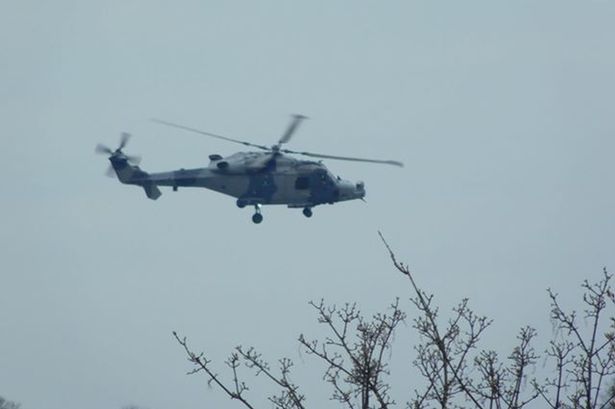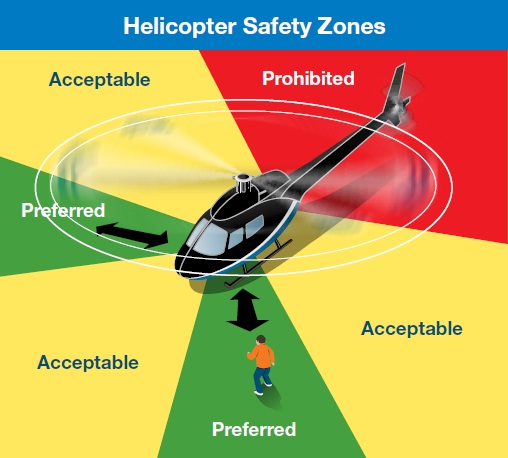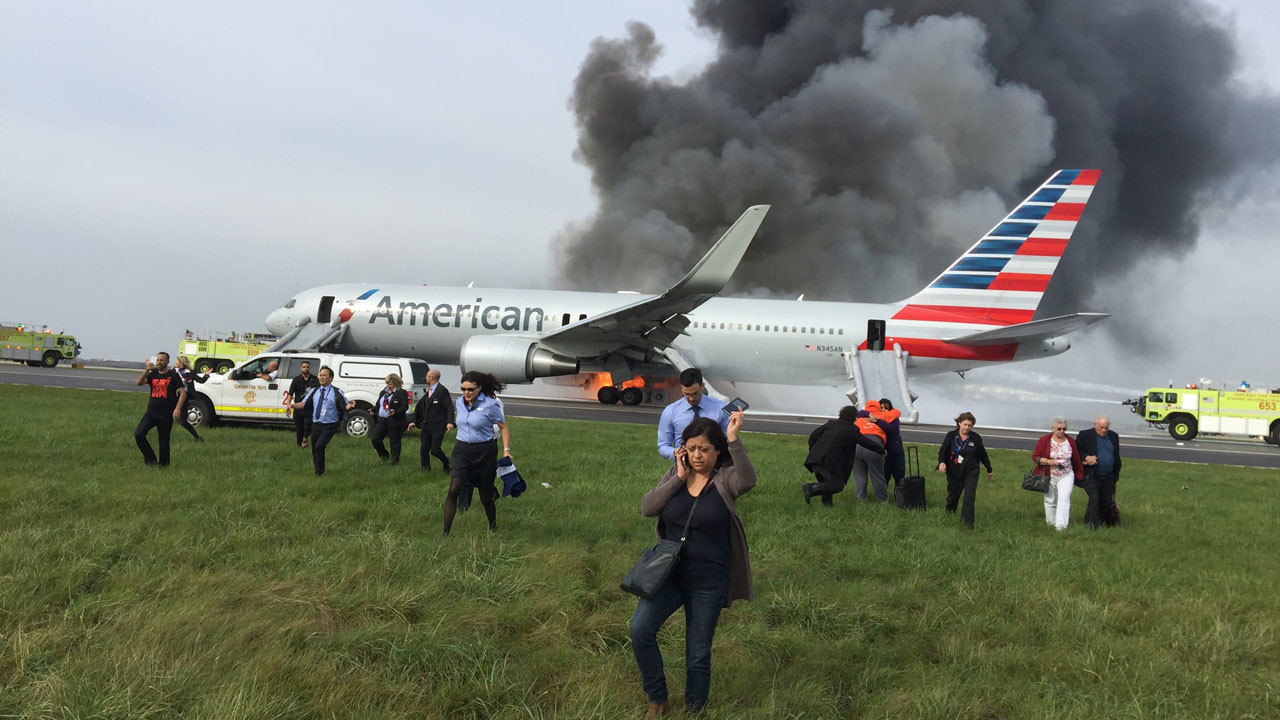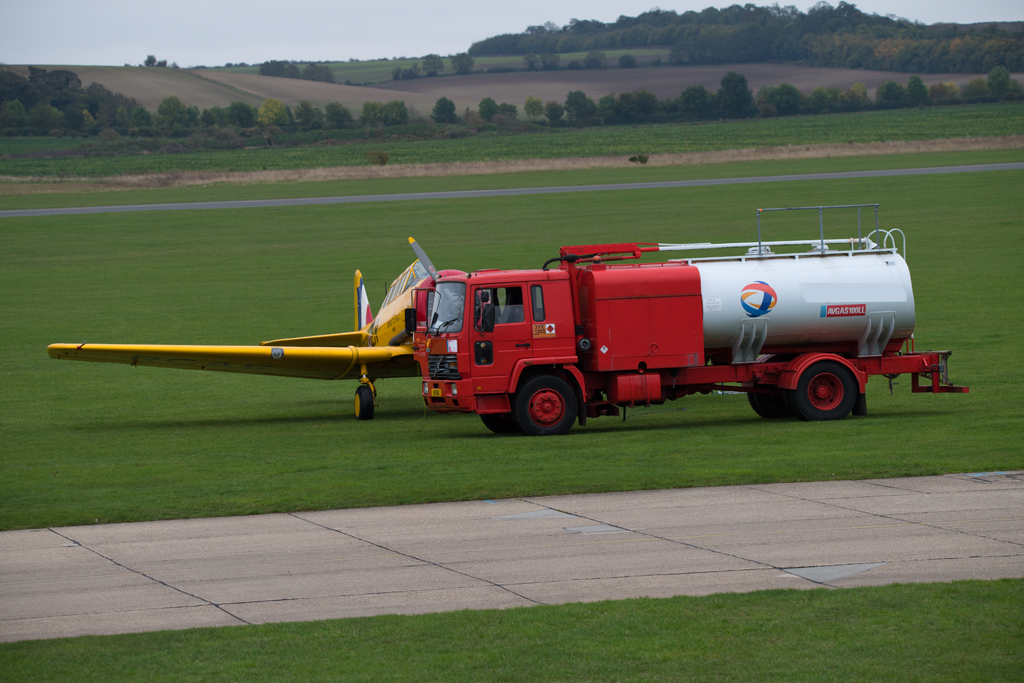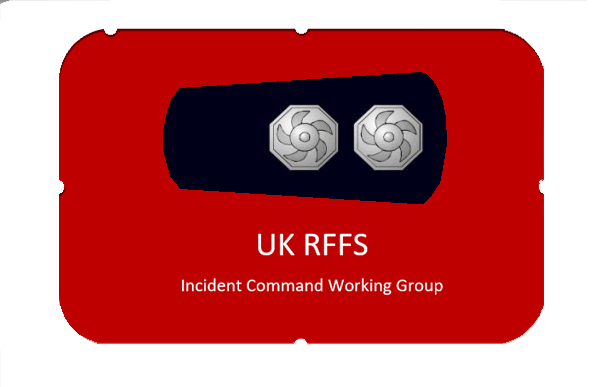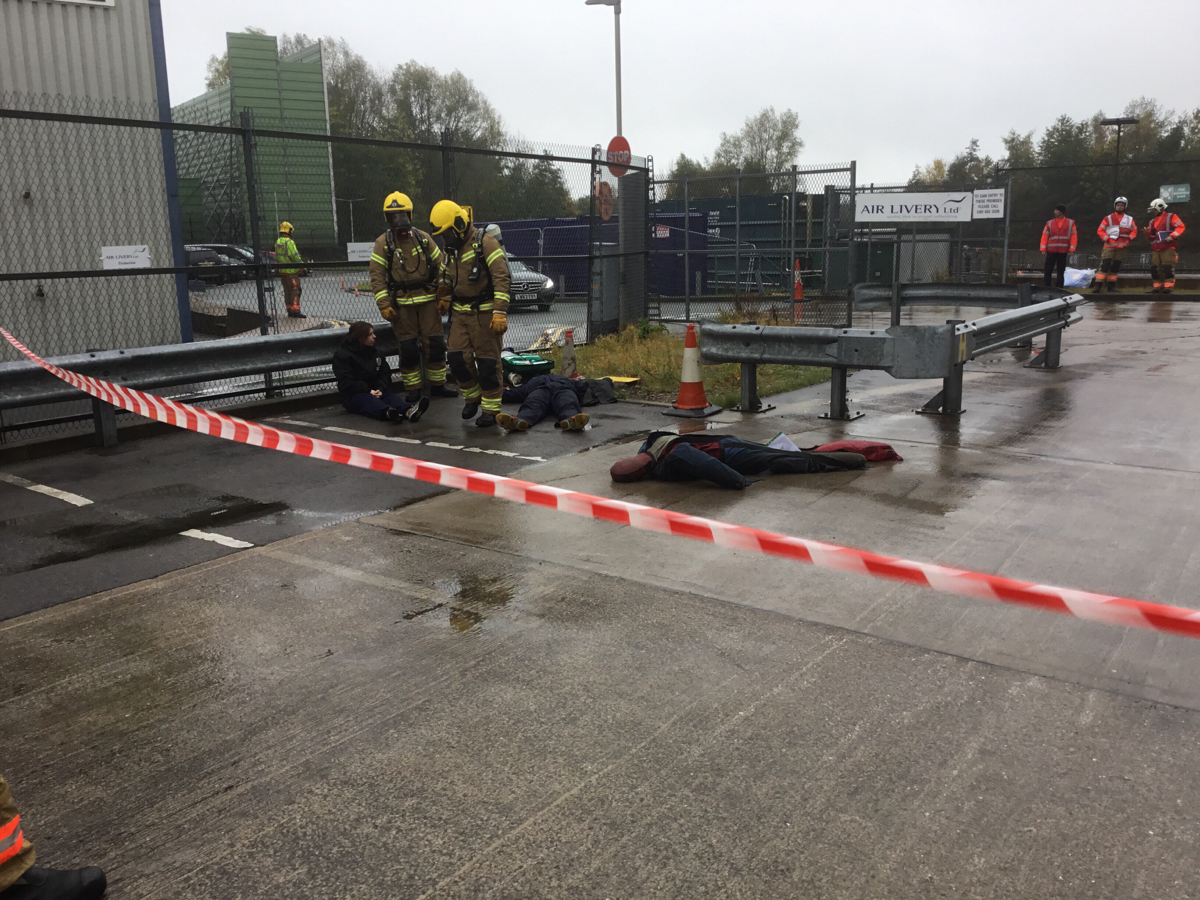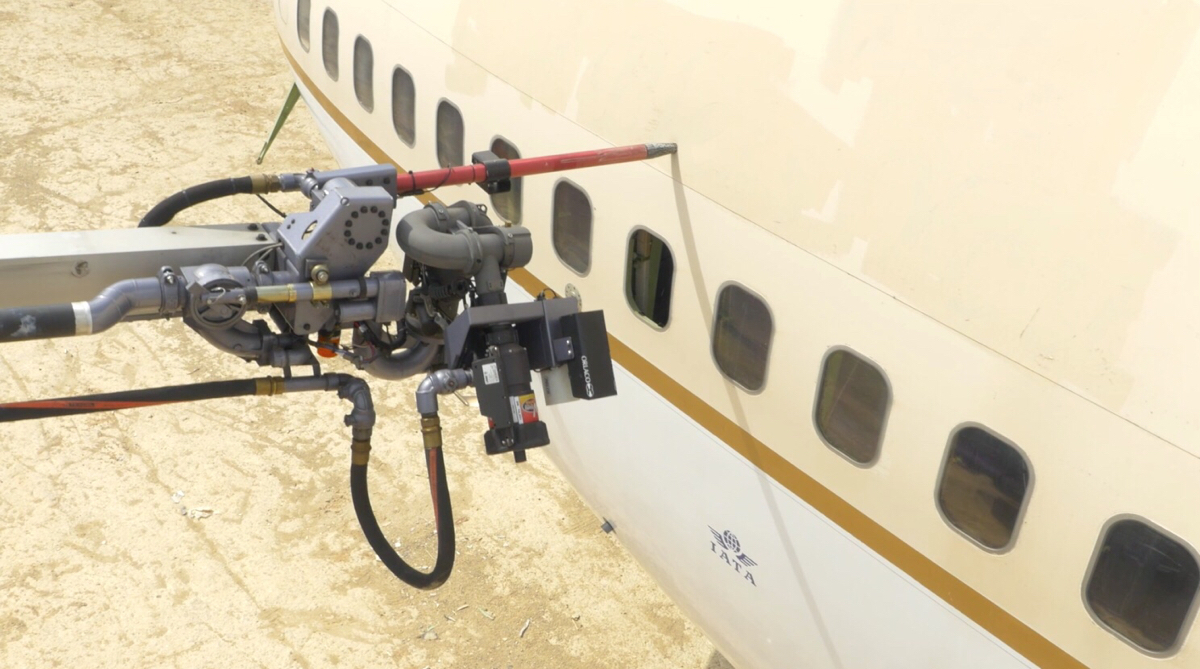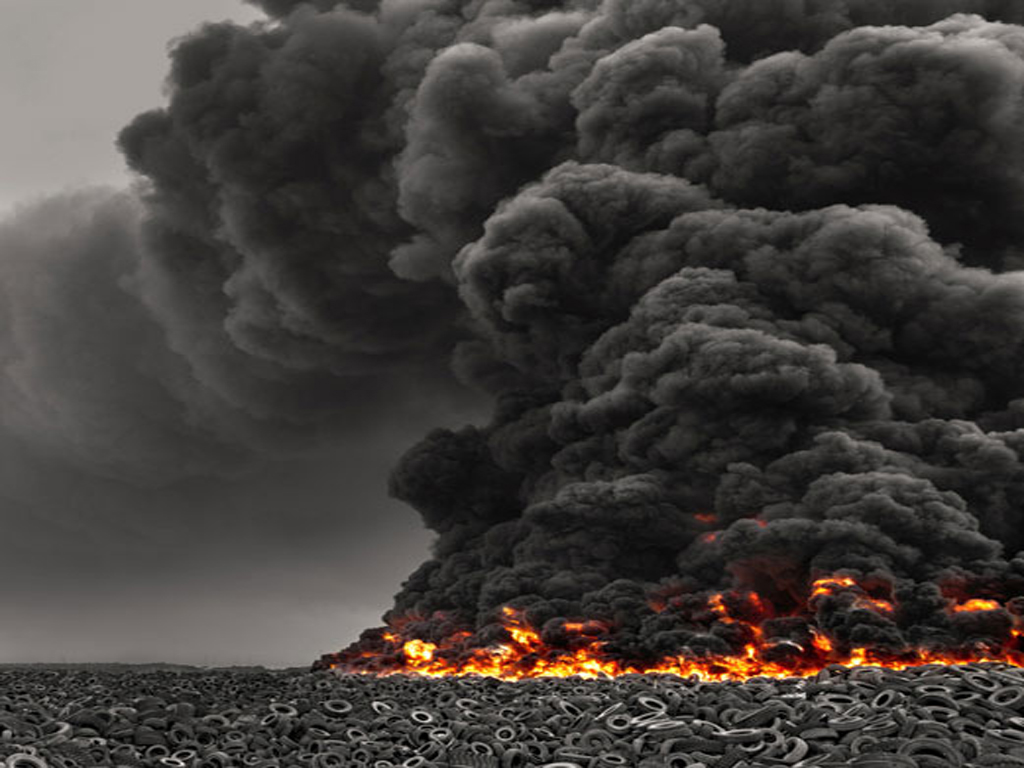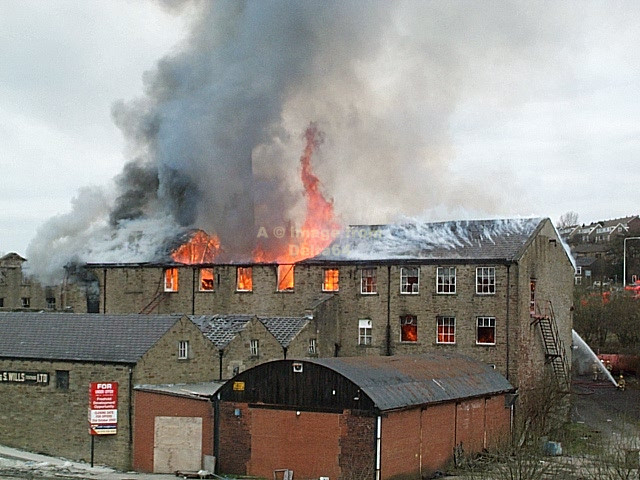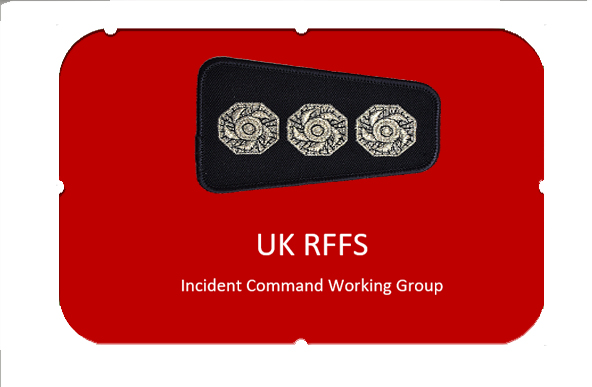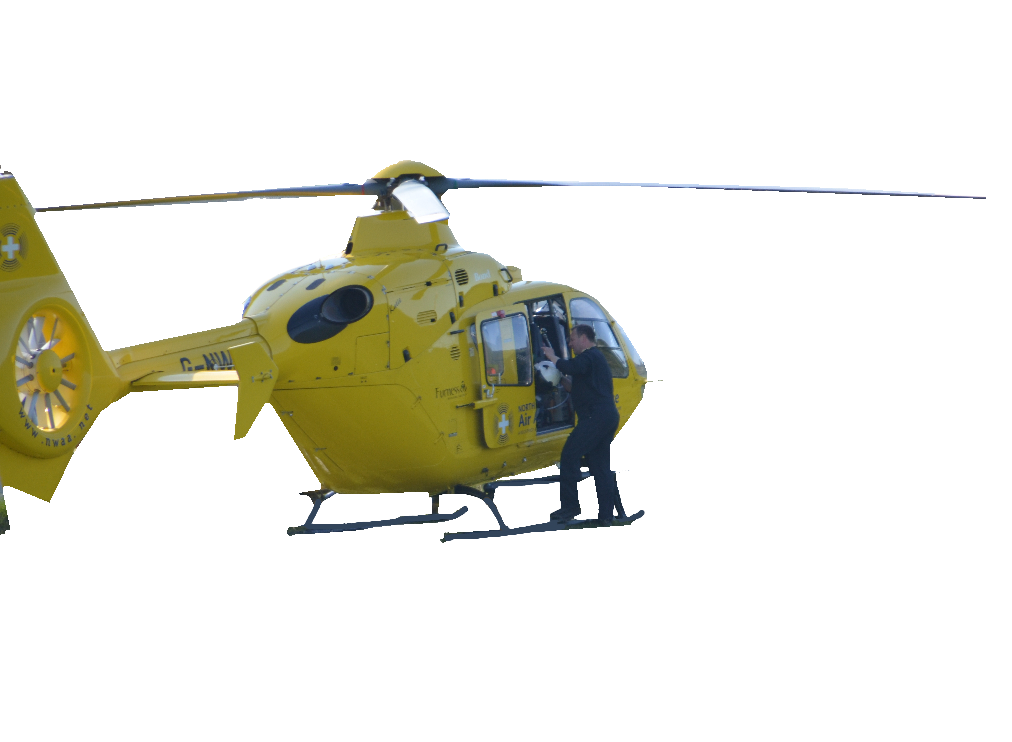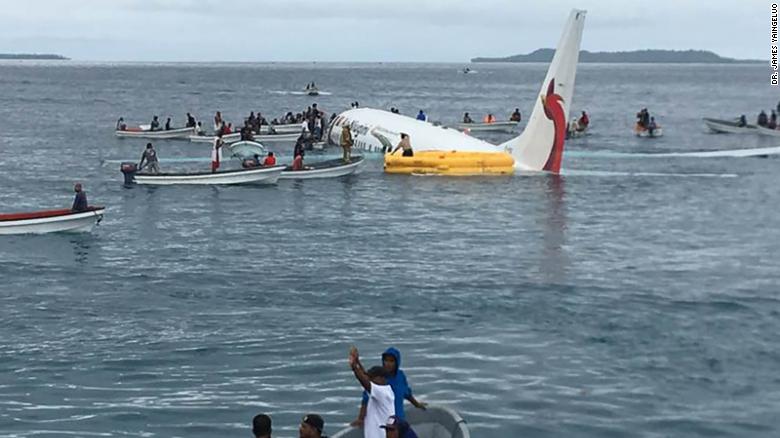Title Page
-
Document No.
-
Weather currently, detail any expected change if known. Day or Night, Water Temp
- Fine and Sunny, warm to hot
- Wet and Windy, cold
- Dry and Overcast warm
- Rain moderate or light
- Windy
- Low visibility
- Showers
- Frost or Snow
- Day
- Night
- Water Cold or very Cold
- Water Hot or Warm
-
If Tidal, have you checked Tide tables
-
Has the current of the water been considered and recorded,
-
Incident number if known or assigned
-
Conducted on
-
ARA completed by
-
Location
-
Location without auto locate, detail or Multi occupation site
-
This checklist provides a guide to assist and support the dynamic risk assessment and the declaration of the correct Tactical mode, at a suitable stage a more detail assessment of risk should be conducted using UK RFFS WG 14 ARA Template.
Having carried out the dynamic risk assessment and established a tactical mode, an incident commander should be aware of the immediate hazards, who is at risk and the control measures necessary to protect them. This should be completed and recorded on all occasions when the recorded dynamic risk assessment is not sufficient.
Once completed this information should be communicated effectively with all relevant agencies attending the scene and the risk information shared to improve the situational awareness of all on scene. The checklist is not definitive merely a guide to assist where needed and are suggestions only, these are not a substitute for training and following service procedures or guidance.
Assessment of scene on Arrival
-
Military or Civil Helicopter choose
- Military
- Civilian
- Police
- Air Ambulance
- Search and Rescue
- Other
-
Military have you considered Lasers and FLIR, Don't touch or go within 1.5m from Antennas . Military aircraft likely to<br> have FLIR/ laser(s) fitted
-
Consider Pyrotechnics, CHAFF/Flare
- Approach at 45 degrees if possible
- Minimum personnel only
-
If Military consider immediate cordon and size due to weapons In the event of a military aircraft crash, unless there is convincing proof that no explosion will occur (eg the crashed ac is a glider) or an exceptional reason that may prevent it, evacuation must be enforced immediately the presence of unexploded ordnance (UXO) of any sort, is suspected.
There are 2 degrees of evacuation from the main crash site: complete and partial.
a. Complete evacuation: 400m.
b. Partial evacuation: 800m.
Partial evacuation applies to all personnel not adequately screened from the crash site location. Rooms on the remote side of houses may be occupied, but access/egress must be restricted to shielded approaches adequately screened from the crash site or location of UXO. If partial evacuation is undertaken the local population will be informed by the civilian police.
For small items of wreckage, including AAES, falling outside of the 400m complete evacuation zone, a security cordon of 30 metres is sufficient.
These evacuation radii will be re-assessed when the EOD team from 5131 (BD) Sqn arrive on scene and the ARO can also provide further advice.
Advice can be sought from SMEs if there is pressure to reduce the cordon.
This Guidance reference: MAA Aircraft post crash management aide memoire page 11 issue 4. -
Are you in a safe position and wearing the correct level of PPE?
-
Tactical mode Declared, record the rationale when possible either written or verbally
-
Do you need to consider the use of Operational Discretion for this incident
-
Capture the rationale if your decision, Operational discretion is justifiable where you are Saving Human Life, Taking decisive action to prevent an incident escalating, where taking no action may lead to others putting themselves in danger, it should be that in your opinion the risk of taking unusual, unorthodox or innovative action justifies the risk.
-
Is the Helicopter in a Hover prior to landing
-
Helicopter in Hover Do not touch the aircraft when in the hover without earthing first, use earthing pole to make safe(contact with metal a/c component)
-
Have all personnel had a safety brief, Trained to the role required
-
Have you a Thermal image camera to assist the incident survey or casualty search
-
Have you Considered needle stick injury risk
-
Consider Automatic deployable emergency locating transmitter, too much water may cause deployment, consider suitable cordon <br>
-
Can you safely conduct a 360 degree safety survey of the incident scene, define if limited to one side of a scene only
-
Engine intakes/exhaust
- Engines Isolated
- Batteries Isolated
- Electrical Generators and fuel pumps switched off
- Overhead console checked if available
-
Can you safely approach the Helicopter
-
Approach the helicopter on foot in full view of the pilot(starboard side seat)from the downhill side where possible if rotor blades are turning.
Never approach or leave from the uphill side. Isolate rotors ASAP. Safe distance for appliances is 1.5x the radius of the blade disc.
Beware of down wash, carry all equipment below waist height, visors down and chin straps fastened.
Communications of all kinds may be compromised by noisy environment. -
Search Plan Considerations for Aircraft
Gather information from the public and liaise with other agencies, Police to collate witness statement if possible
Search in hidden voids
Review passenger/cargo manifests
Be aware of seating and standing capacities
Look for occupancy indicators -
Is the incident likely to impact on areas away from the incident scene and transfer any risk to another location
- Incident safety issues confined to incident scene only
- Incident safety issues present some transfer risk to the site
- Incident safety issues present an off site transfer of risk
- Incident safety presents significant risk off site and the wider area
-
If safe and permitted can you take a photograph as evidence of current scene from a safe position, evidence
-
Access to cockpit needed? Look for jettisonable panels and windows, breif crew if known on likely location of fuel lines, electrical looms, these can make cutting in extremely hazardous.
-
Visibility and Ground conditions in the immediate area of the aircraft
- Good visbility
- Good conditions underfoot
- Poor ground conditions, unmade
- Poor visibility
- Low Smoke to ground, obscurring visibility
- Slippy, Wet
- other detail in notes if needed
-
Does the incident involved flammable metals, if yes consider: Remove the material if possible,<br>Isolate with class D powder or accelerate burning in controlled manner
-
Undercarriage considered safe, consider Insert locking pins or limit crews/ cordon off area
-
consider Pitot heads/tubes – head height - heat and stab wound risk
-
Water Conditions if involving water
- Fast Flowing, in Flood
- Frozen or Partially frozen
- Slow Moving or Still water
- Moderate flow, Non Flood
- Fast Flowing, Non Flood
- Quicksand suspected or known
- Mud or channel on Estuary
-
Incident involves Water that is
- Tidal River
- Fluvial, Non Tidal River
- Canal
- Reservoir, Pond, Lakes
- Drain, Culvert, Sewer, detail in notes
- Street, Urban area based flooding of properties
- Coastal, Beach based response, Harbour
- Storage tanks
- Mudflat or Marsh
- other not defined, detail in notes
- Slurry pit
-
Water Depth expected or known
-
Water Actuated Devices/ Flotation bags: Identify location and cordon off area(s)
-
Are all Vehicles and Personnel Waterside in a safe deployment, correct PPE
-
Forward control point defined or identified
-
Confirm agencies needed
- RNLI
- Coastguard
- Police marine unit, Divers
- Swift Water Rescue specialist
- Air Support, Air Ambulance
- Other rescue service or specialist needed, detial in notes
- Fire
- Police
- Ambulance/HART
-
Have you sent a Methane or Ethane message specify in notes if required
- RNLI
- Coastguard
- Police marine unit, Divers
- Swift Water Rescue specialist
- Air Support, Air Ambulance
- Other rescue service or specialist needed, detial in notes
- Fire
- Police
- Ambulance/HART
-
Are other agencies on scene
-
Was or Is the presence of contaminated products suspected in the Water
- Water does not appear polluted
- Water appears polluted with clearly visible product
- Unknown at this time
- not listed, detail in notes
- Water is known or labelled as a contaminant
-
Evacuation or further Evacuation needed? Safe routes to safe areas identified
- Evacuation needed
- Evacuation distance reduced on risk assessment , based on guidance or specialist advice
- Evacuation is to be replaced shelter in place
- No evacuation needed at this time
-
Does the Environment Agency need to be conatacted record brief details,
-
For Airports, Has the effect on movements and category been considered, Air traffic control Informed
- All Movement isolated, record current category in note, update as required.
- Movement not affected, record current category in note, update as required.
- Other, describe as required in note
- Specific movements restricted, category affected
- add further detail in notes as required
-
For Airports, Consider Expected length of fire service operations as a result of the incident
- No delays to operations, RFFS available
- No resources available for at least 15 minutes
- Significant delays to RFFS resources 30-60 minutes
- Major delays over 60 minutes
-
identify and control debris field, preserve scene as much as possible, balanced against life saving actions
-
Are persons involved as casualties, specify in note how many
- No person directly involved
- Persons involved and require medical treatment
- Persons or animals involved, specialist advice or measures needed
- Decontamination from product will be required
-
Manual Handling Risks considered and briefed to responders
-
is Emergency decontamination carried needed , effects of water temperature considered
-
Is a casualty clearance zone needed
-
Consider where this can be safe, well lit and accessible location
-
Are there any outstanding safety issues likely with the casualty clearance zone
- Yes
- No
- N/A
-
Confirmation that Tactical mode is correct at this time after check list survey
